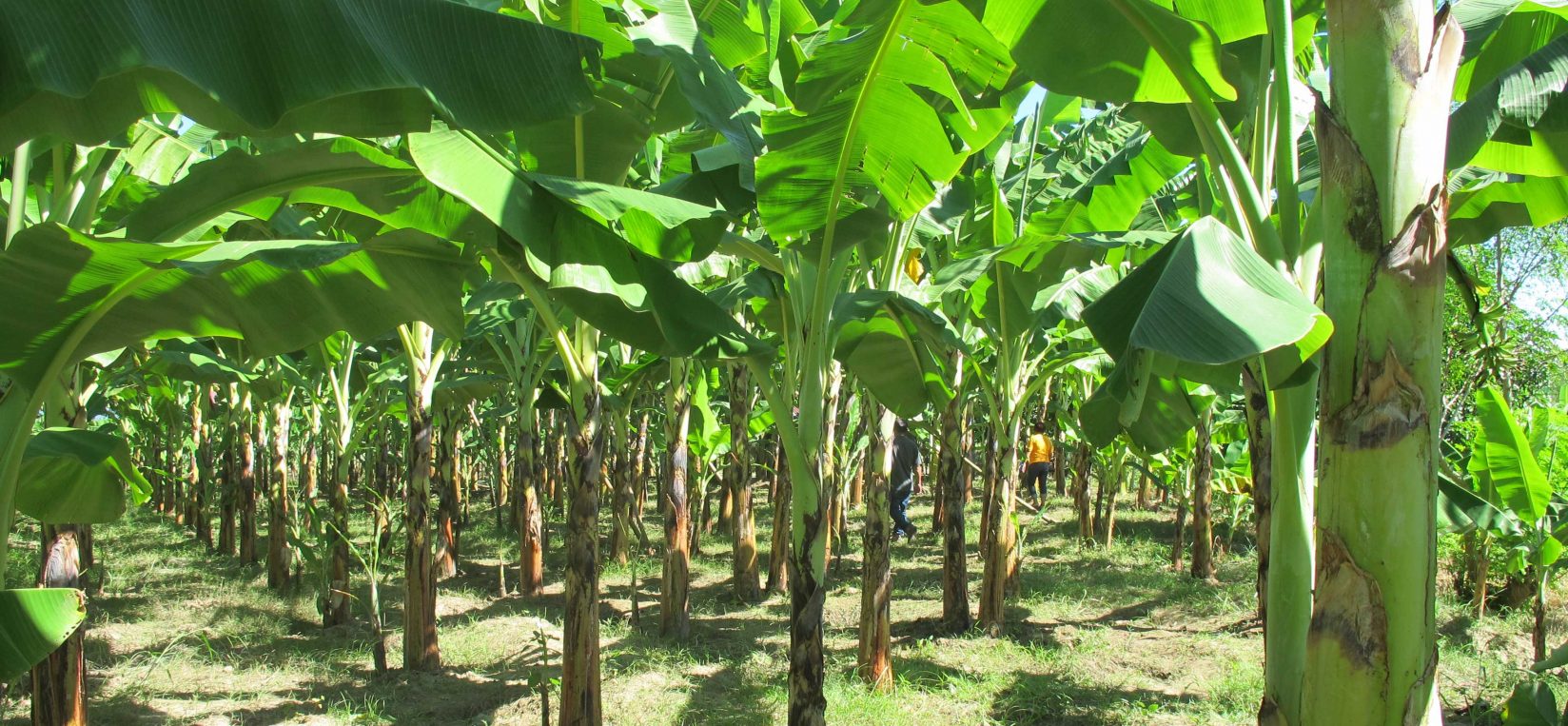- This topic is empty.
- AuthorPosts
- January 21, 2025 at 11:16 pm #543223

When cultivating plantains, one of the critical considerations for farmers is the question of how many plantain trees per plot can be optimally planted.
The answer depends on various factors including soil type, climate, and the farming system employed. Understanding these aspects is crucial for maximizing yield and ensuring the health of the plants.
This article explores the key considerations for determining the appropriate density of plantain trees per plot, including spacing requirements, growth habits, and environmental factors.
1. Recommended Spacing for Plantain Trees
The recommended spacing for plantain trees typically ranges from 3 to 4 meters between trees and 3 to 4 meters between rows.
This spacing allows for sufficient sunlight, air circulation, and access to nutrients. If the spacing is too close, plants may compete for resources, leading to stunted growth and reduced yields.
Conversely, spacing that is too wide can lead to underutilization of land. Therefore, determining the right spacing is essential for optimizing the number of plantain trees per plot while ensuring their healthy growth.
2. Soil Type and Quality Considerations
The type and quality of soil in a plot significantly affect how many plantain trees can be planted. Plantains thrive best in well-drained, fertile soils rich in organic matter.
Soil that retains too much moisture can lead to root rot and other diseases. Conducting a soil test before planting can help assess nutrient levels and pH, guiding farmers in making informed decisions about fertilization and soil amendment.
Improving soil quality can enhance plant growth and increase the number of trees that can be sustainably cultivated in a given plot.
3. Climate and Environmental Factors
Climate plays a pivotal role in determining how many plantain trees can be planted in a plot. Plantains prefer warm, humid conditions with temperatures ranging between 26°C to 30°C.
In areas where these conditions are met, higher tree densities can be sustained. However, in regions with cooler temperatures or prolonged dry spells, farmers may need to reduce tree density to ensure that each plant receives enough water and nutrients.
Additionally, environmental factors such as wind exposure and rainfall patterns should be considered, as they can impact plant health and yield.
4. Growth Habit and Management Practices
The growth habit of plantain trees also influences planting density. Plantains have a clumping growth habit, where new shoots emerge from the base of the mother plant.
This means that as plants mature, they can fill in spaces naturally over time. Farmers should plan for this growth habit when determining the initial planting density.
Effective management practices, such as regular weeding, mulching, and pruning, can enhance growth and productivity.
Adequate care allows for the maintenance of healthy trees, which in turn can support a higher density of plants per plot.
5. Economic Considerations and Market Demand
Finally, economic factors should influence decisions about how many plantain trees to plant per plot. Farmers need to consider the cost of inputs, labor, and the potential market demand for plantains.
Higher planting densities can lead to increased yields, but they also require more investment in terms of nutrients and water.
Conducting market research can help farmers understand local demand and pricing for plantains, allowing them to make informed decisions about planting density that aligns with their financial goals.
In conclusion, determining how many plantain trees per plot involves a careful consideration of spacing, soil quality, climate, growth habits, and economic factors.
By understanding these aspects, farmers can optimize their planting strategies to enhance productivity and ensure the sustainable cultivation of plantains.
This holistic approach not only maximizes yield but also supports the long-term health of the plants, ultimately contributing to the success of plantain farming operations.
Read Also:Optimal plantain planting distance for healthy growth
- AuthorPosts
- You must be logged in to reply to this topic.

